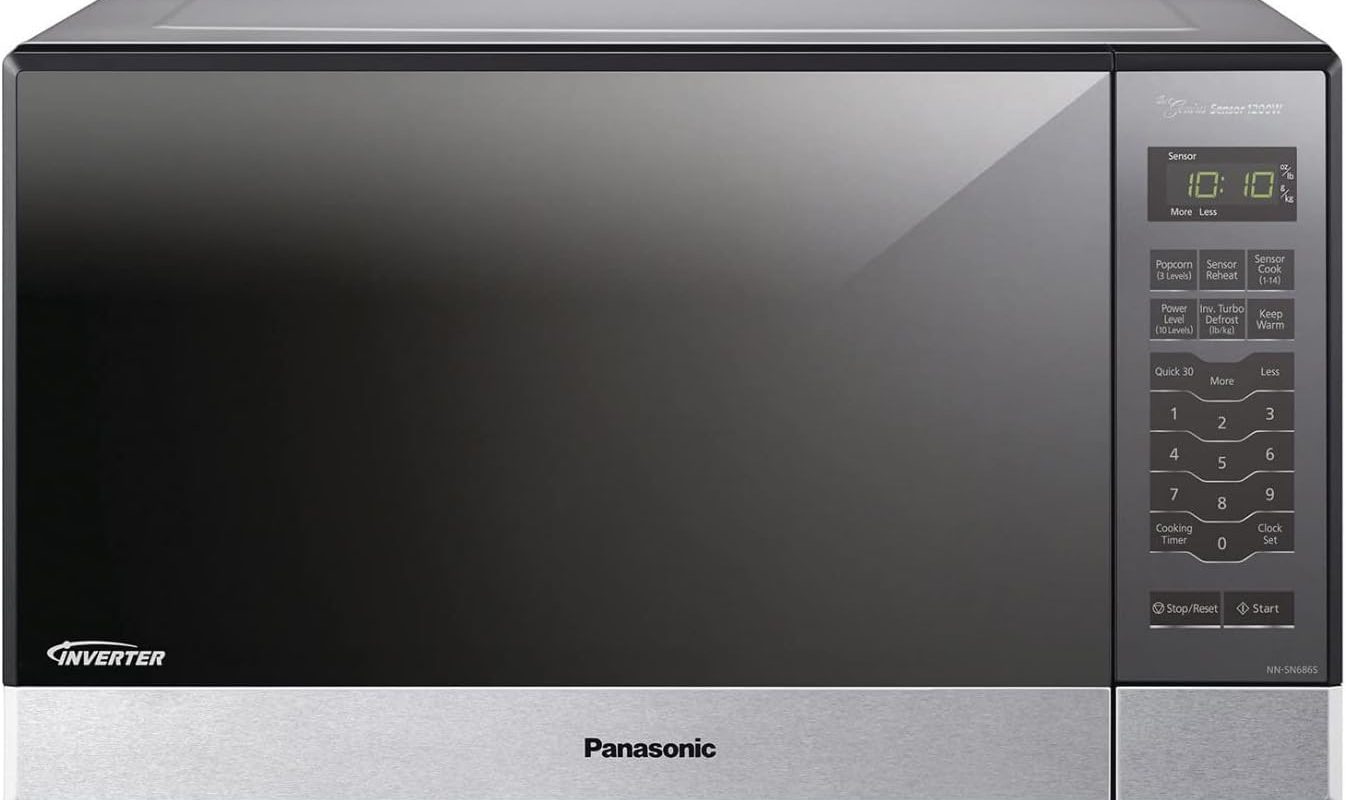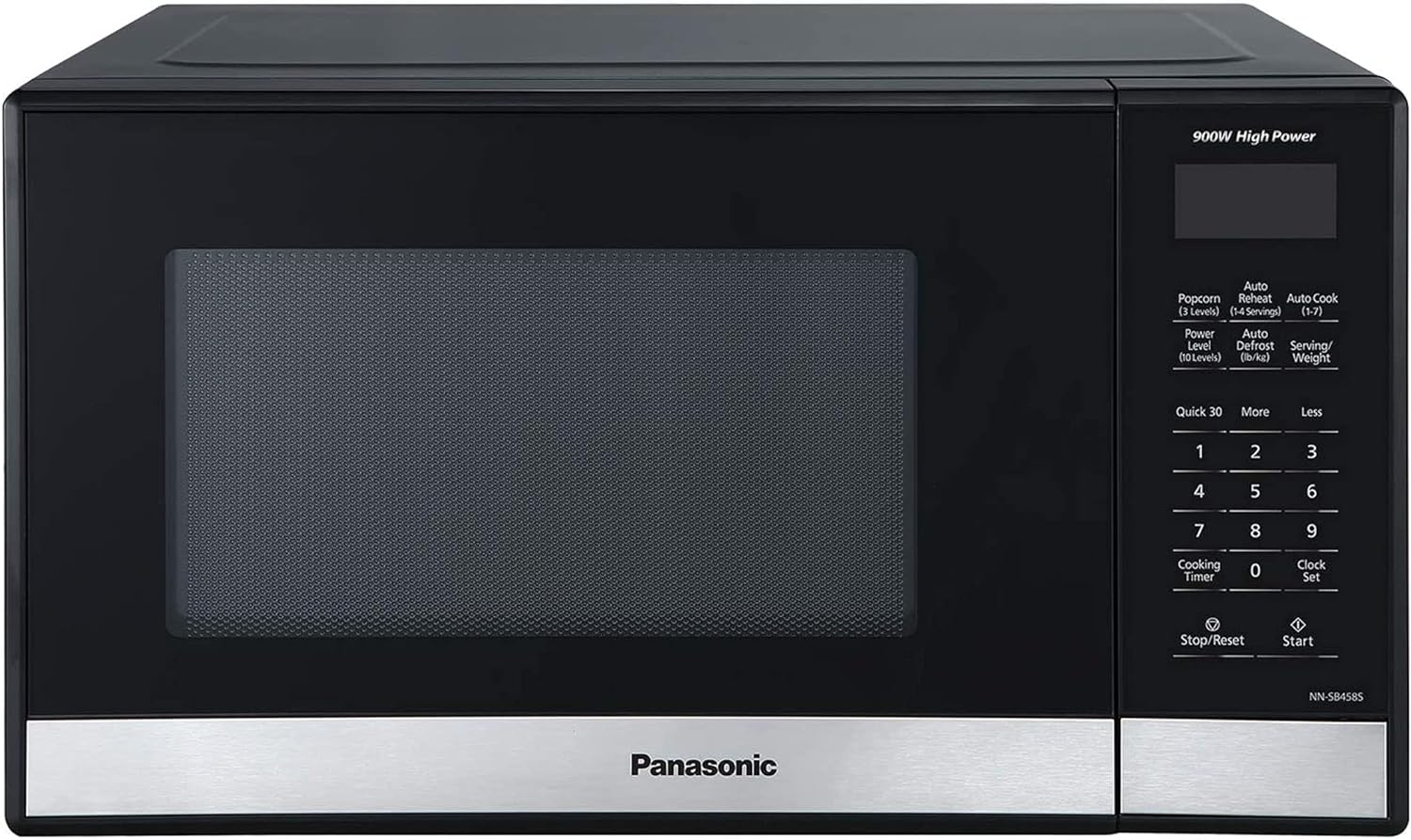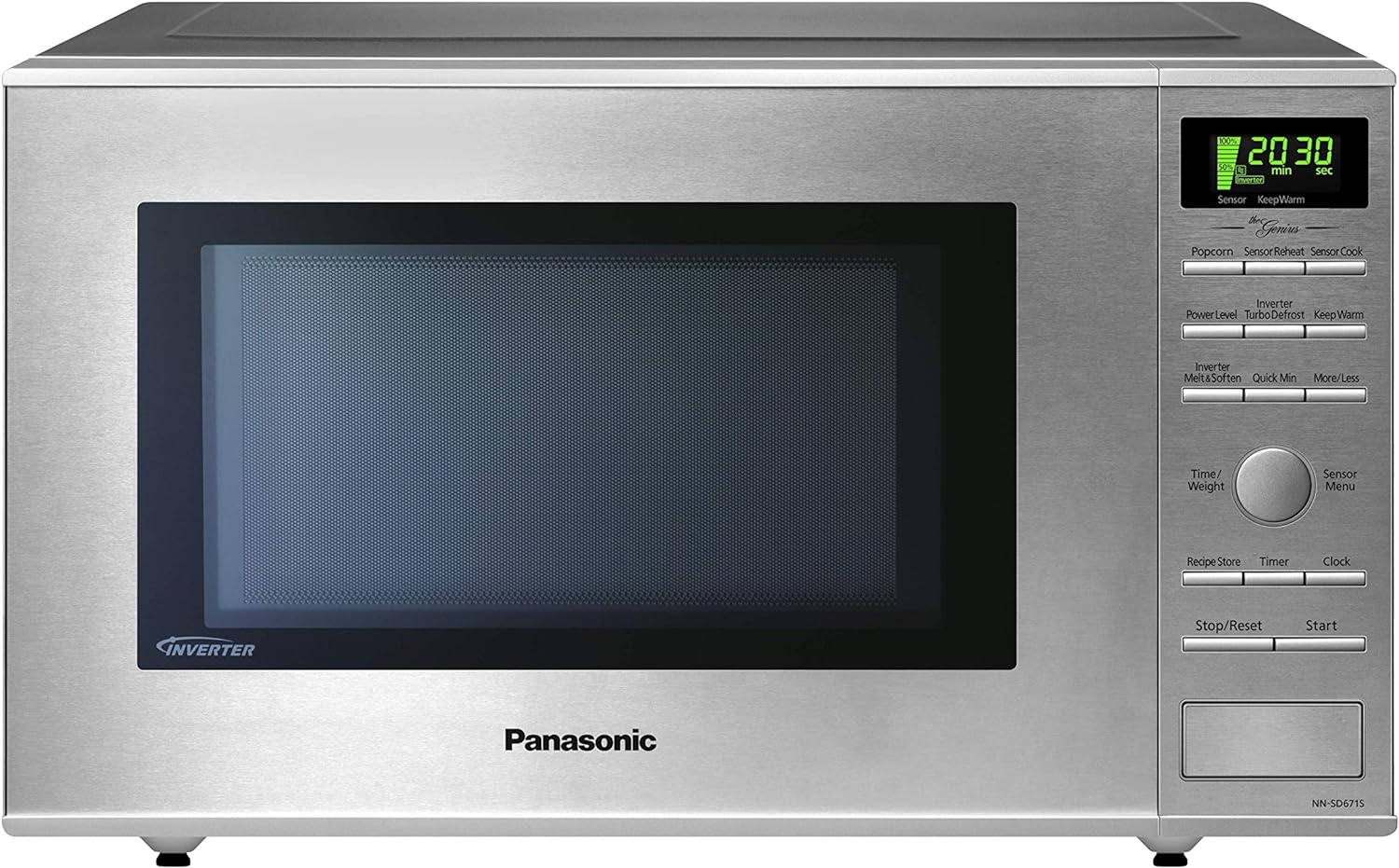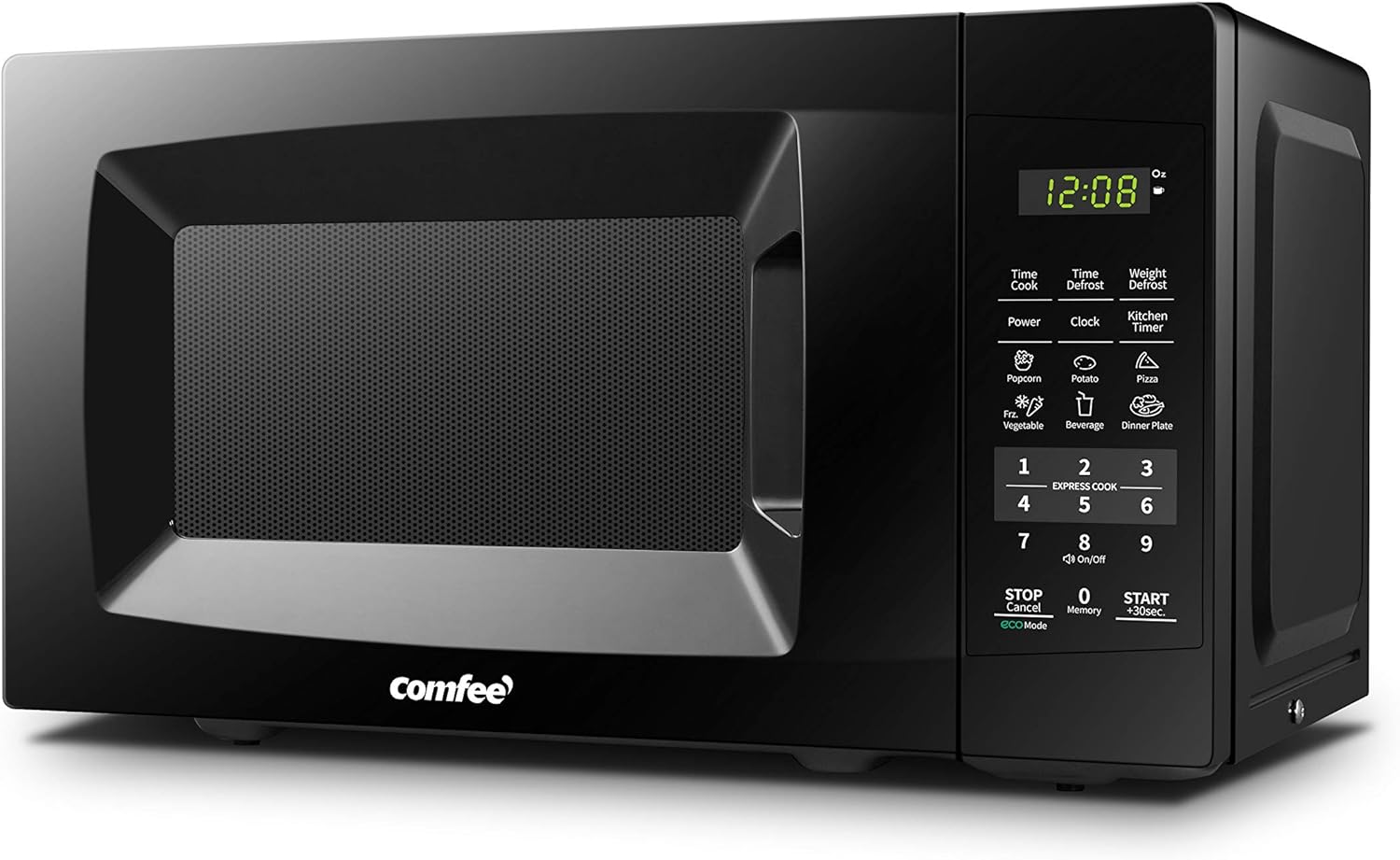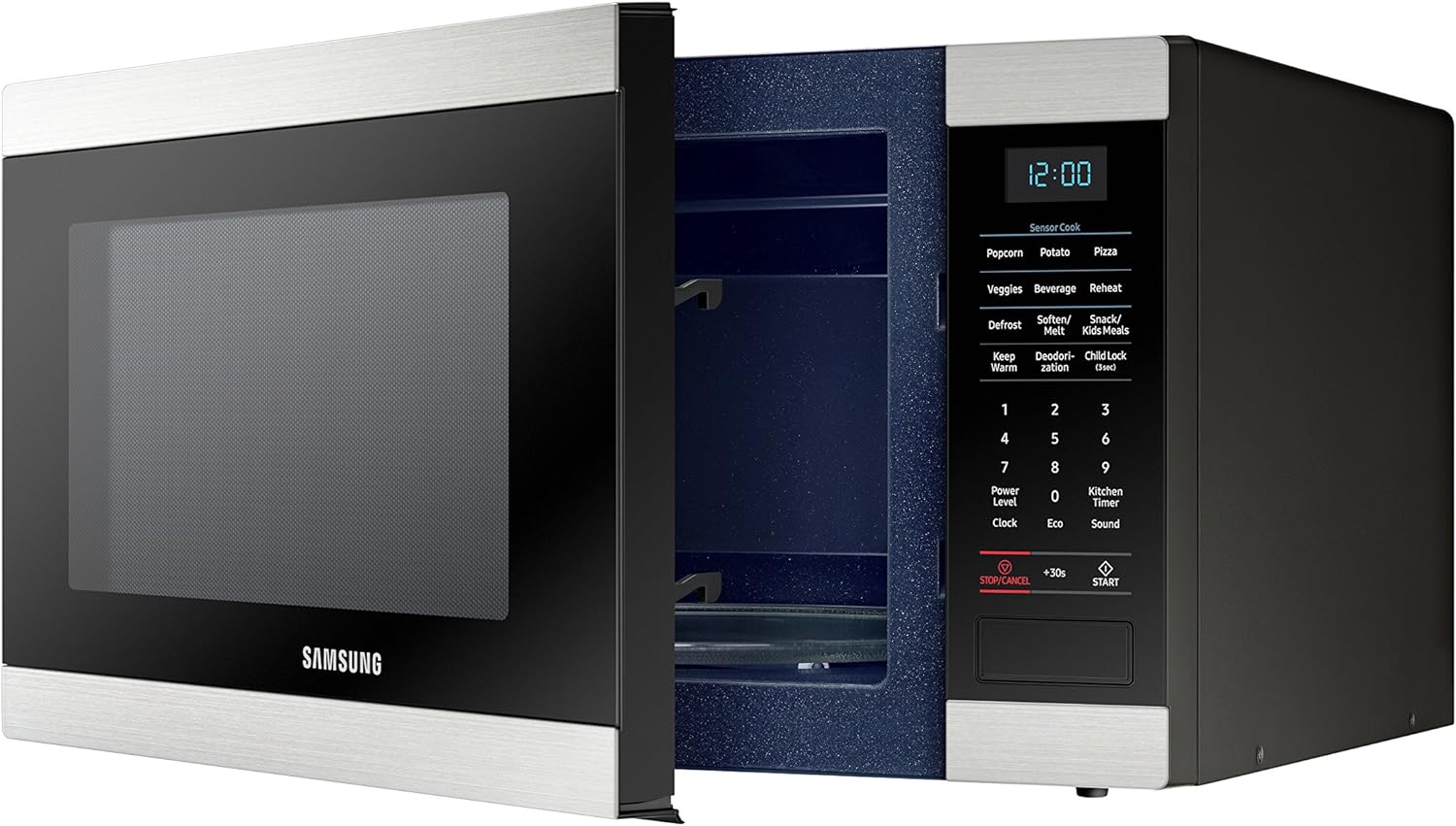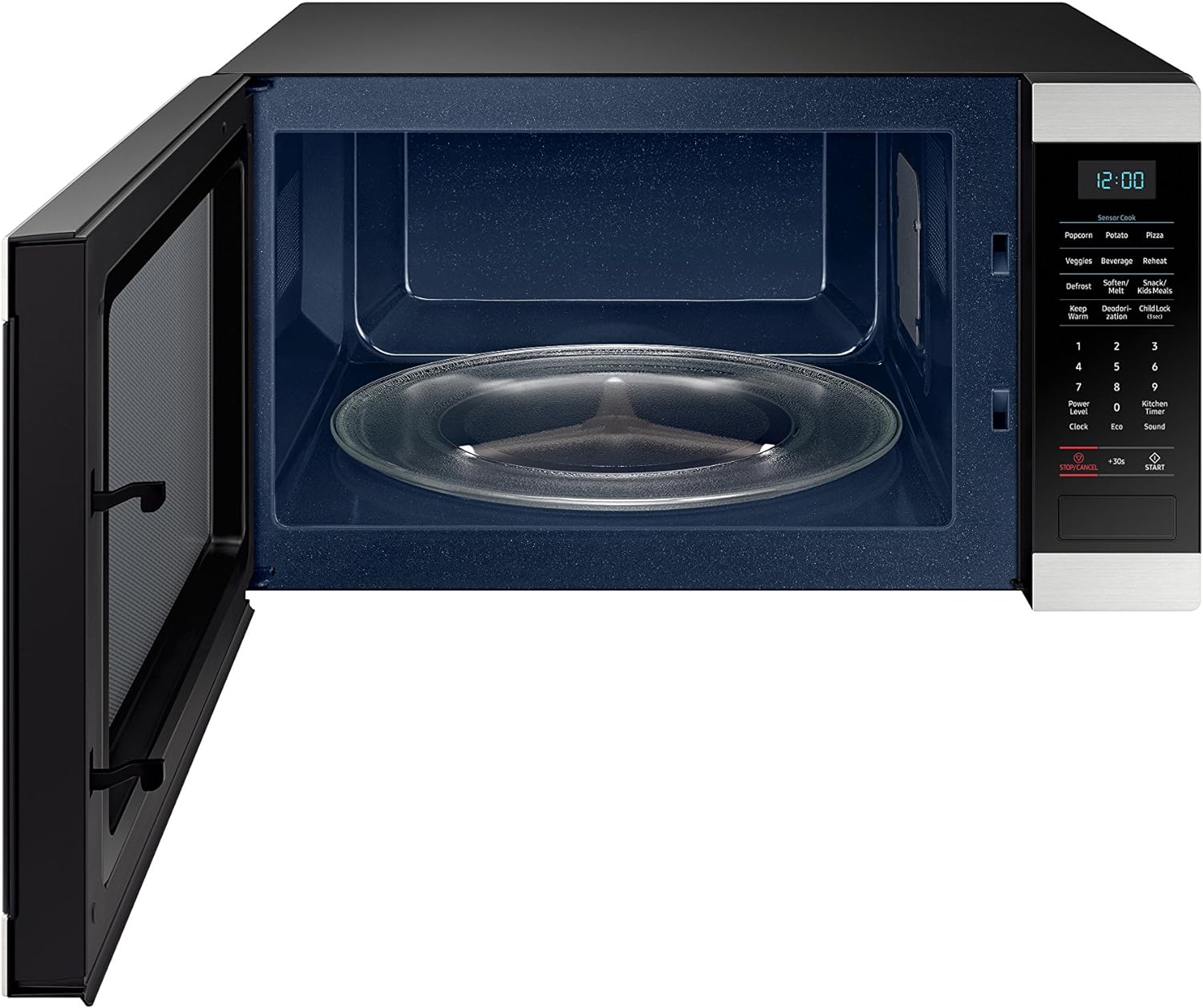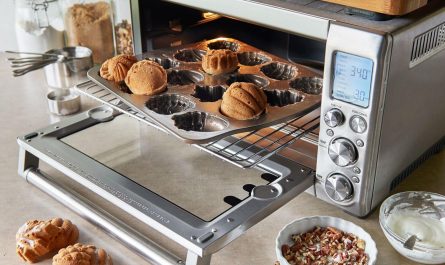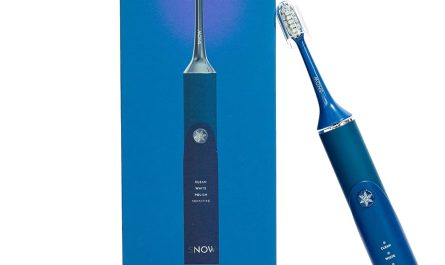Introduction:
Microwave ovens are popular kitchen appliances known for their efficiency and convenience in cooking. When it comes to the internal components of a microwave oven, many people wonder if they have filters. In this article, we will explore whether microwave ovens have filters, the purpose of these filters, different types of filters, their maintenance, and their importance in ensuring a clean and functional microwave oven.
Do microwaves have filters?
The Function of Filters in Microwave Ovens:
Microwaves do have filters, and they play a crucial role in the functioning of the appliance. The primary purpose of filters in microwave ovens is to trap and remove grease, smoke, odors, and other airborne particles that are produced during the cooking process. Filters help maintain a clean and odor-free environment inside the microwave.
Types of Filters in Microwave Ovens:
a. Air filters, also known as grease filters or vent filters, capture grease particles to prevent them from accumulating in the microwave’s internal components. Manufacturers typically use aluminum mesh or charcoal materials to make these filters.
b. Odor filters, also referred to as charcoal filters or carbon filters, neutralize and absorb cooking odors. Activated carbon, with its ability to trap and eliminate unpleasant smells, is commonly used in making these filters.
The Location of Filters in Microwave Ovens:
Filters can be found in different locations depending on the design and model of the microwave oven. Common filter locations include:
a. Over-the-Range Microwaves: Over-the-range microwaves typically have filters located underneath the microwave, behind a removable vent grill. These filters are designed to capture grease and smoke that are produced during stovetop cooking.
b. Recirculating Microwaves: Some microwaves are designed to recirculate the air instead of venting it outside. In these models, the filters are usually located near the back or sides of the microwave, behind a removable panel. These filters help trap grease and neutralize odors before recirculating the air back into the kitchen.
c. Built-in or Countertop Microwaves: Built-in or countertop microwaves may have filters located near the ventilation openings on the sides or back of the appliance. These filters serve the same purpose of trapping grease and controlling odors.
Maintenance of Microwave Filters:
Proper maintenance of microwave filters is essential to ensure their effectiveness and prolong the lifespan of the appliance. Consider the following tips for maintaining microwave filters:
a. Regular Cleaning: To maintain cleanliness, regularly clean the grease filters to remove accumulated grease and debris. Wash aluminum mesh filters with warm, soapy water, and replace charcoal filters when they become saturated as they are typically not washable.
b. Replacement Schedule: Charcoal filters have a limited lifespan and need to be replaced periodically. The recommended replacement schedule can vary depending on the microwave model and frequency of use.
c. Visual Inspection: Regularly inspect the condition of the filters for signs of damage or excessive wear. Replace damaged filters promptly to maintain optimal performance.
d. Filter Reset: Some microwaves have filter reset buttons or indicators that need to be reset or replaced after cleaning or replacing the filters. Follow the manufacturer’s instructions to ensure proper functioning of the microwave.
Importance of Filters in Microwave Ovens:
Filters are crucial components of microwave ovens for several reasons:
a. Improved Air Quality: Grease filters help remove airborne grease particles that can accumulate inside the microwave and affect its performance. By trapping grease, filters prevent it from entering the ventilation system and clogging internal components.
b. Odor Control: Charcoal filters are instrumental in controlling and eliminating odors that are produced during the cooking process. They help neutralize and remove unpleasant smells, ensuring a fresh and clean environment in the kitchen.
c. Extended Lifespan: By preventing grease and debris from entering the ventilation system and internal components, filters help maintain the optimal functioning of the microwave. This can contribute to a longer lifespan for the appliance, reducing the need for repairs or replacement.
d. Aesthetics and Maintenance: Clean filters improve the appearance of the microwave and help maintain its overall cleanliness. They prevent grease buildup on the interior surfaces of the microwave and reduce the need for extensive cleaning.
Replacing Filters in Microwave Ovens:
Over time, filters in microwave ovens can become clogged or saturated, reducing their effectiveness. Follow these steps to replace the filters:
a. Consult the Manual: Refer to the user manual for your microwave model to determine the specific replacement procedure and the recommended type of filter.
b. Access the Filters: Remove any necessary covers or panels to access the filters. The location may vary depending on the microwave model.
c. Remove and discard the old filters: Take care to remove the old filters and note their positioning for proper installation of the new filters. Dispose of the old filters appropriately.
d. Install the new filters: Follow the manufacturer’s instructions to correctly align and position the new filters.
Professional Servicing: If you are unsure about how to clean or replace the filters in your microwave or if your microwave is not functioning properly even after filter maintenance, it may be necessary to seek professional servicing. Contact the manufacturer or a certified technician for assistance and guidance.
Extended Lifespan:
By regularly cleaning and replacing filters in your microwave oven, you can help extend its lifespan. Filters prevent grease and debris from accumulating in the ventilation system and internal components, reducing the risk of damage or malfunction. This can result in a longer-lasting and more efficient appliance.
Improved Safety:
Grease particles and debris that accumulate inside the appliance can pose a fire hazard if not properly filtered and removed. By regularly cleaning and replacing filters, you minimize the risk of grease-related fires and create a safer cooking environment.
Energy Efficiency:
Properly maintained filters contribute to the energy efficiency of your microwave oven. This can result in higher energy consumption and increased operating costs. By keeping filters clean and replacing them as needed, you can help maximize energy efficiency and reduce your carbon footprint.
Environmental Impact:
Microwave ovens with clean and well-maintained filters have a reduced environmental impact. By properly managing and maintaining filters, you help minimize the release of pollutants and create a healthier living space.
Conclusion:
Microwave ovens do have filters, which play a vital role in maintaining a clean and functional appliance. Grease filters trap grease and smoke particles, while charcoal filters absorb and neutralize odors. These filters need regular cleaning and periodic replacement to ensure their effectiveness. Proper filter maintenance is important for improved air quality, odor control, and the protection of internal components.

